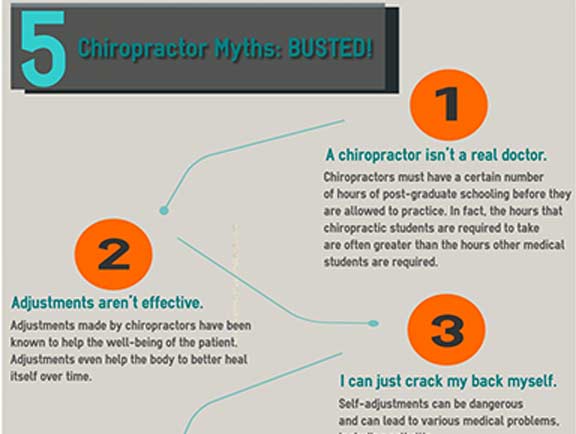Typical Everyday Habits That Create Pain In The Back And Tips For Staying Clear Of Them
Typical Everyday Habits That Create Pain In The Back And Tips For Staying Clear Of Them
Blog Article
Short Article Developed By-Hermansen Baxter
Preserving proper posture and staying clear of usual risks in daily tasks can significantly affect your back health and wellness. From exactly how you rest at your desk to just how you lift heavy objects, small modifications can make a huge difference. Visualize a day without the nagging neck and back pain that hinders your every relocation; the solution may be simpler than you believe. By making a few tweaks to your daily routines, you could be on your means to a pain-free existence.
Poor Pose and Sedentary Lifestyle
Poor pose and an inactive way of life are two major contributors to pain in the back. When you slouch or inkling over while sitting or standing, you placed unneeded stress on your back muscular tissues and spine. This can cause muscular tissue inequalities, stress, and eventually, chronic back pain. Furthermore, sitting for long periods without breaks or physical activity can deteriorate your back muscular tissues and lead to stiffness and pain.
To battle poor position, make a mindful effort to rest and stand up straight with your shoulders back and straightened with your ears. Keep in mind to maintain your feet level on the ground and stay clear of crossing your legs for extended durations.
Incorporating regular extending and reinforcing exercises right into your daily routine can also help boost your position and alleviate back pain associated with a sedentary lifestyle.
Incorrect Training Techniques
Inappropriate training techniques can considerably contribute to back pain and injuries. When you lift heavy objects, remember to bend your knees and use your legs to lift, instead of relying upon your back muscles. Stay clear of turning your body while lifting and maintain the item near to your body to minimize strain on your back. It's vital to maintain a straight back and avoid rounding your shoulders while raising to prevent unneeded pressure on your spine.
Constantly evaluate https://www.chiroeco.com/issues-in-higher-education/ of the item before lifting it. If it's as well hefty, request for aid or usage devices like a dolly or cart to move it securely.
Remember to take breaks throughout lifting jobs to provide your back muscle mass an opportunity to relax and stop overexertion. By applying correct training techniques, you can protect against neck and back pain and decrease the risk of injuries, ensuring your back remains healthy and solid for the long term.
Absence of Regular Exercise and Stretching
A sedentary lifestyle devoid of normal workout and stretching can substantially add to pain in the back and discomfort. When you do not engage in physical activity, your muscle mass become weak and inflexible, resulting in bad position and increased stress on your back. Regular workout assists reinforce the muscles that support your back, enhancing stability and lowering the danger of neck and back pain. Incorporating extending into https://chiropracticpainreliefcli38271.idblogz.com/31718774/trip-right-into-the-globe-of-chiropractic-care-where-your-body-s-inherent-recovery-abilities-are-let-loose-in-an-one-of-a-kind-and-effective-way can likewise boost versatility, stopping stiffness and discomfort in your back muscle mass.
To prevent pain in the back triggered by a lack of exercise and stretching, go for a minimum of thirty minutes of moderate exercise most days of the week. Consist of workouts that target your core muscle mass, as a strong core can assist reduce pressure on your back.
Furthermore, take breaks to stretch and move throughout the day, specifically if you have a desk job. Basic stretches like touching your toes or doing shoulder rolls can aid eliminate tension and protect against neck and back pain. Prioritizing normal exercise and extending can go a long way in maintaining a healthy back and reducing pain.
Conclusion
So, bear in mind to sit up directly, lift with your legs, and remain active to avoid neck and back pain. By making basic changes to your day-to-day practices, you can avoid the pain and restrictions that feature back pain. Look after your back and muscular tissues by exercising great stance, proper training techniques, and normal workout. Your back will thank you for it!
